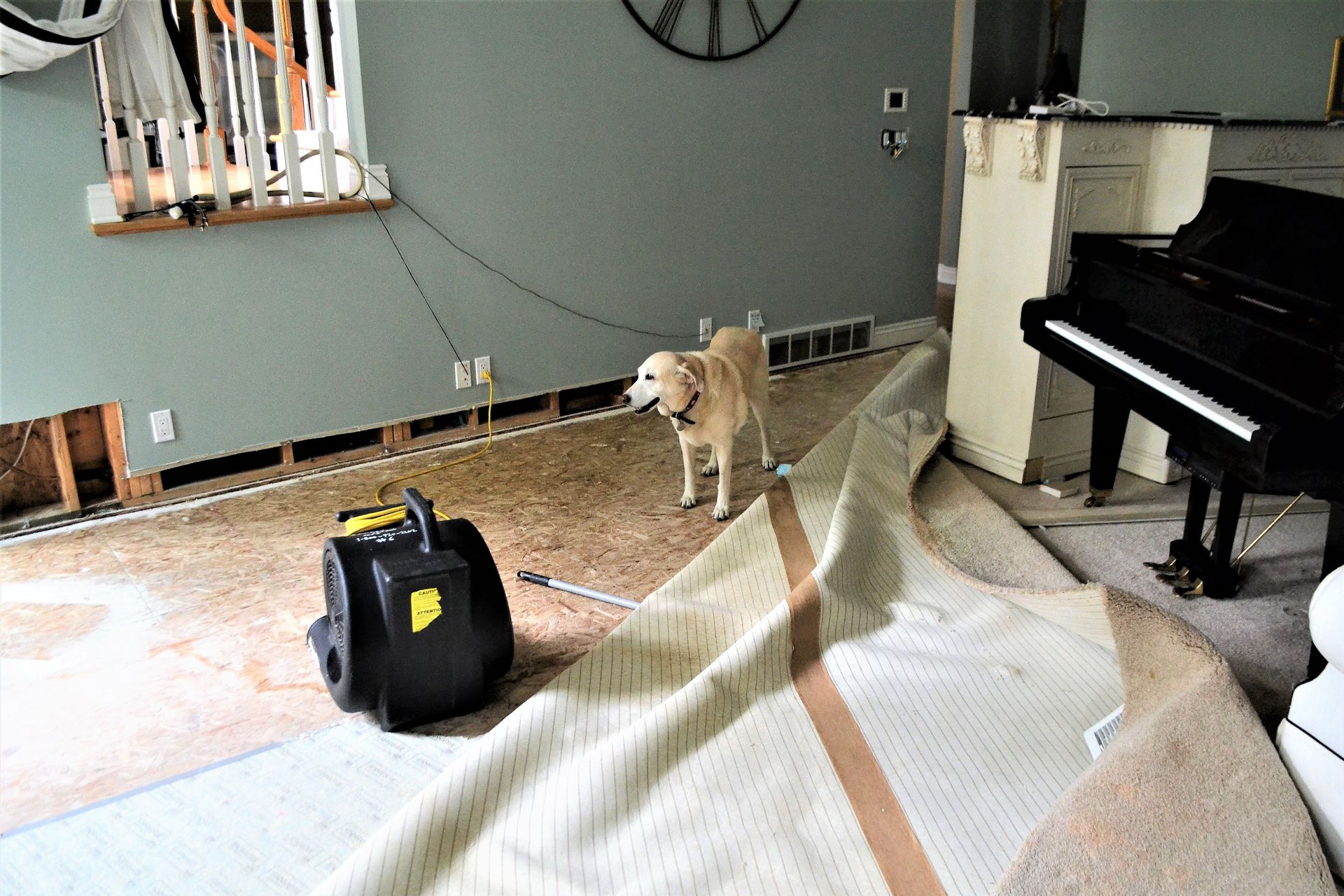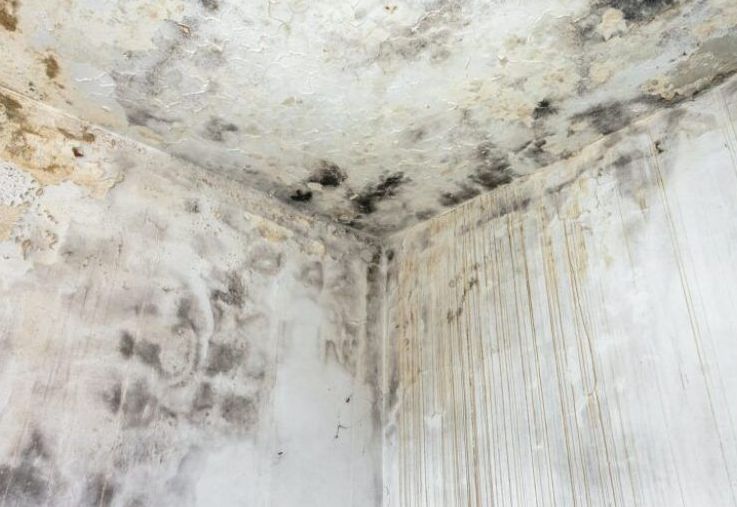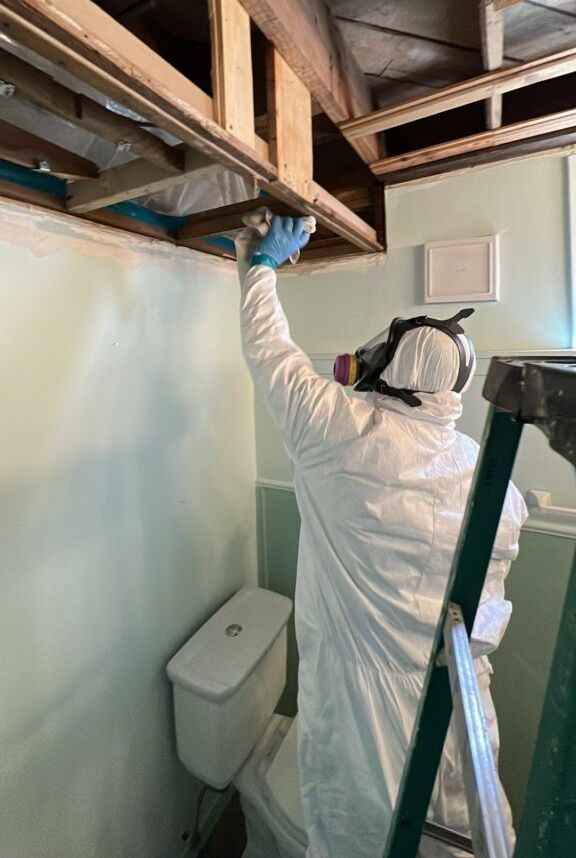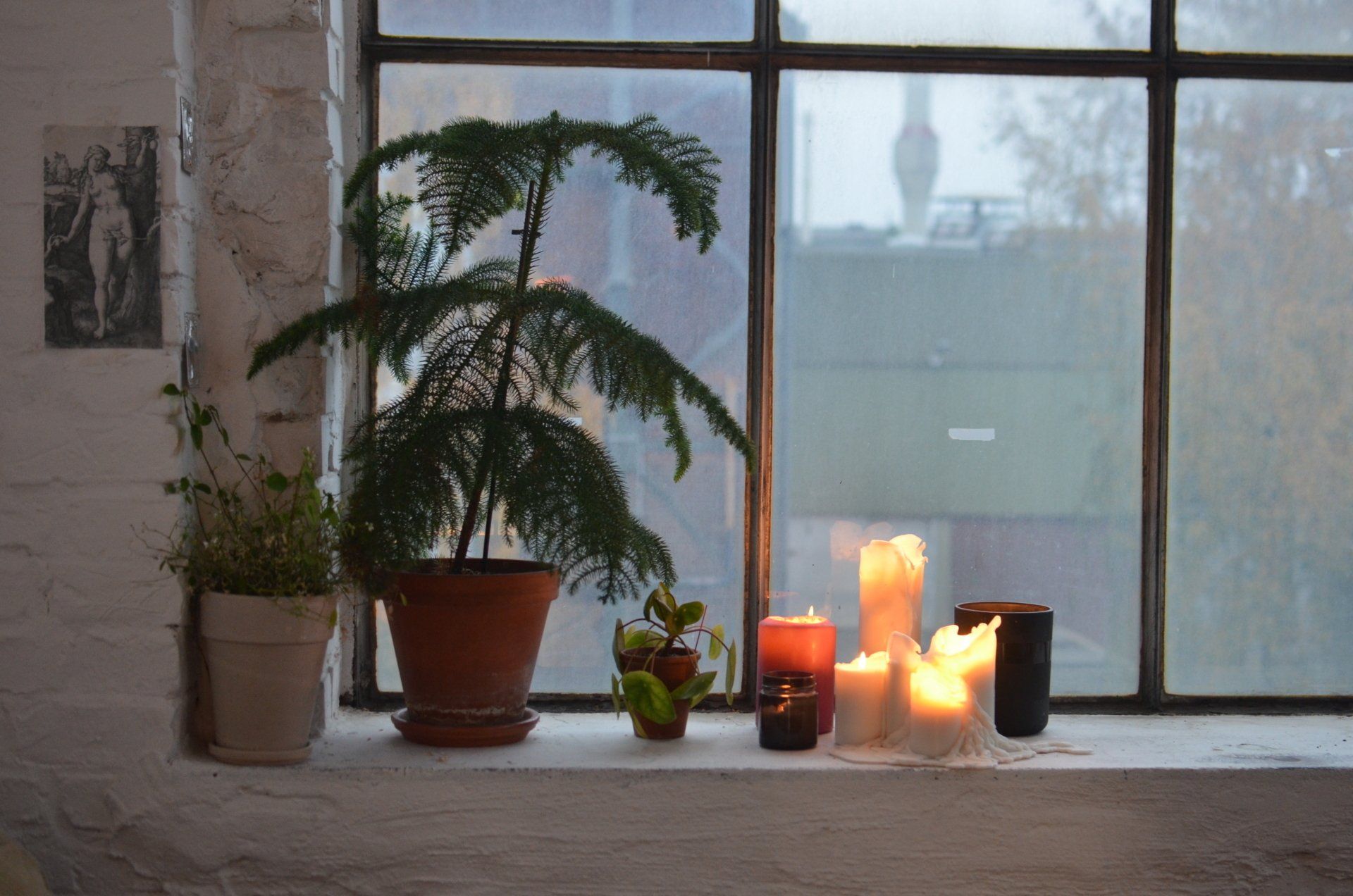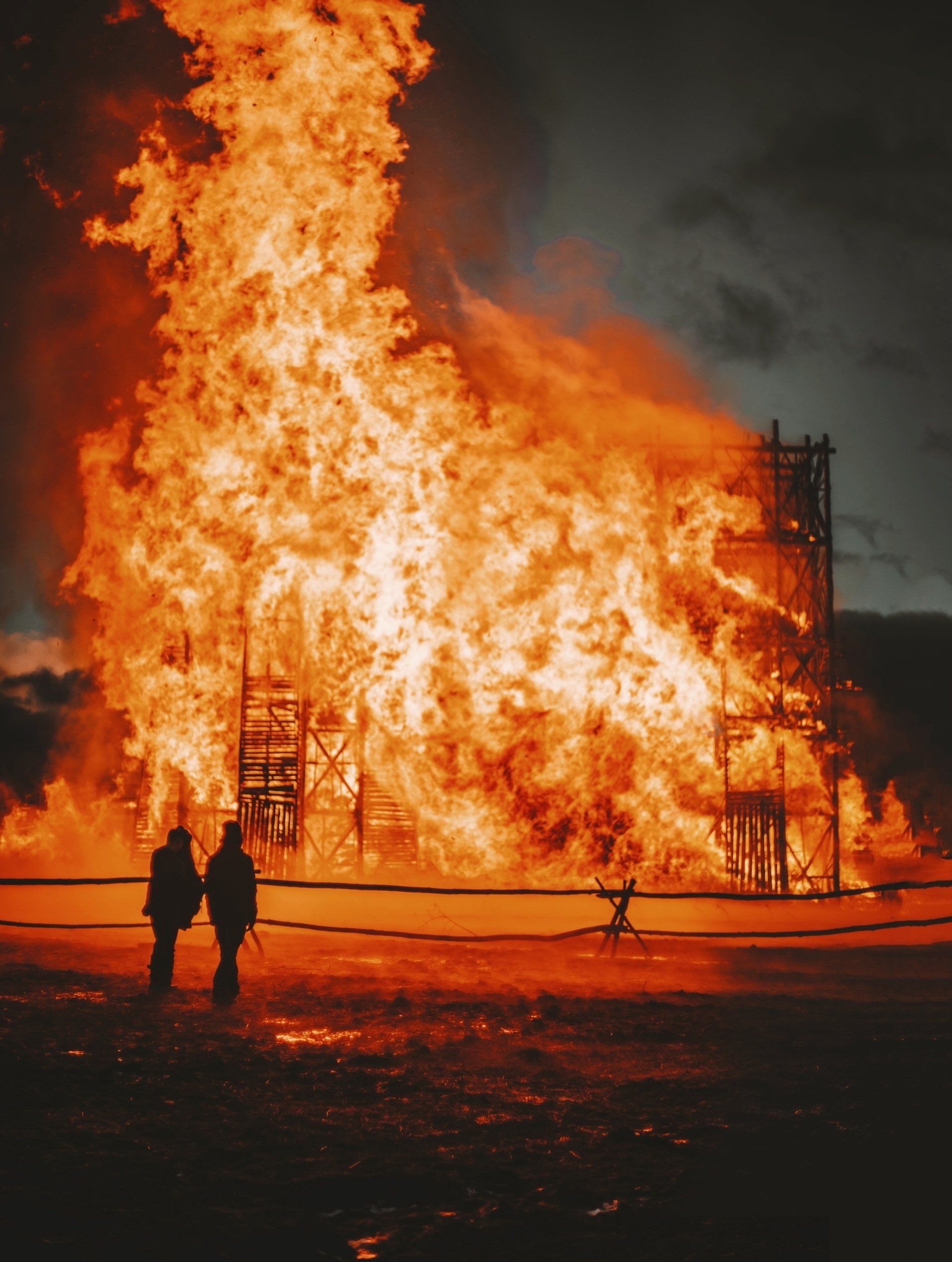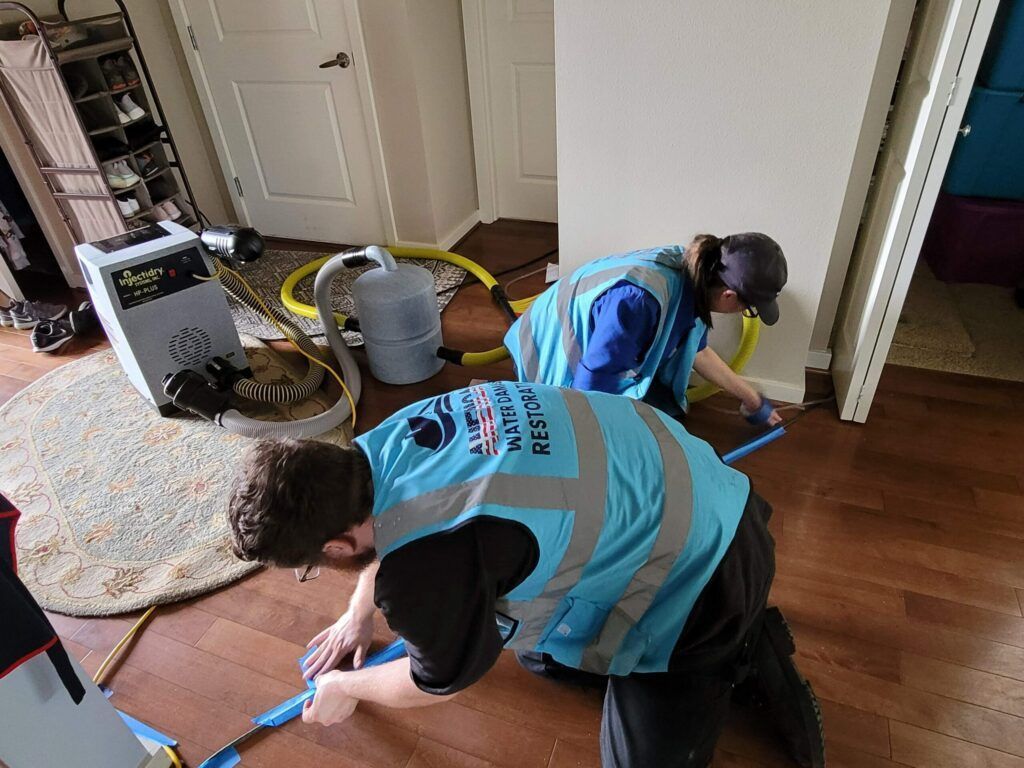- 24/7 EMERGENCY SERVICE
- ON OUR WAY IN 60 MINUTES OR LESS
- WE WORK WITH YOUR INSURANCE
The Importance of Quick Water Damage Response
Act Fast: Why Prompt Water Damage Clean-Up is Crucial for Your Home
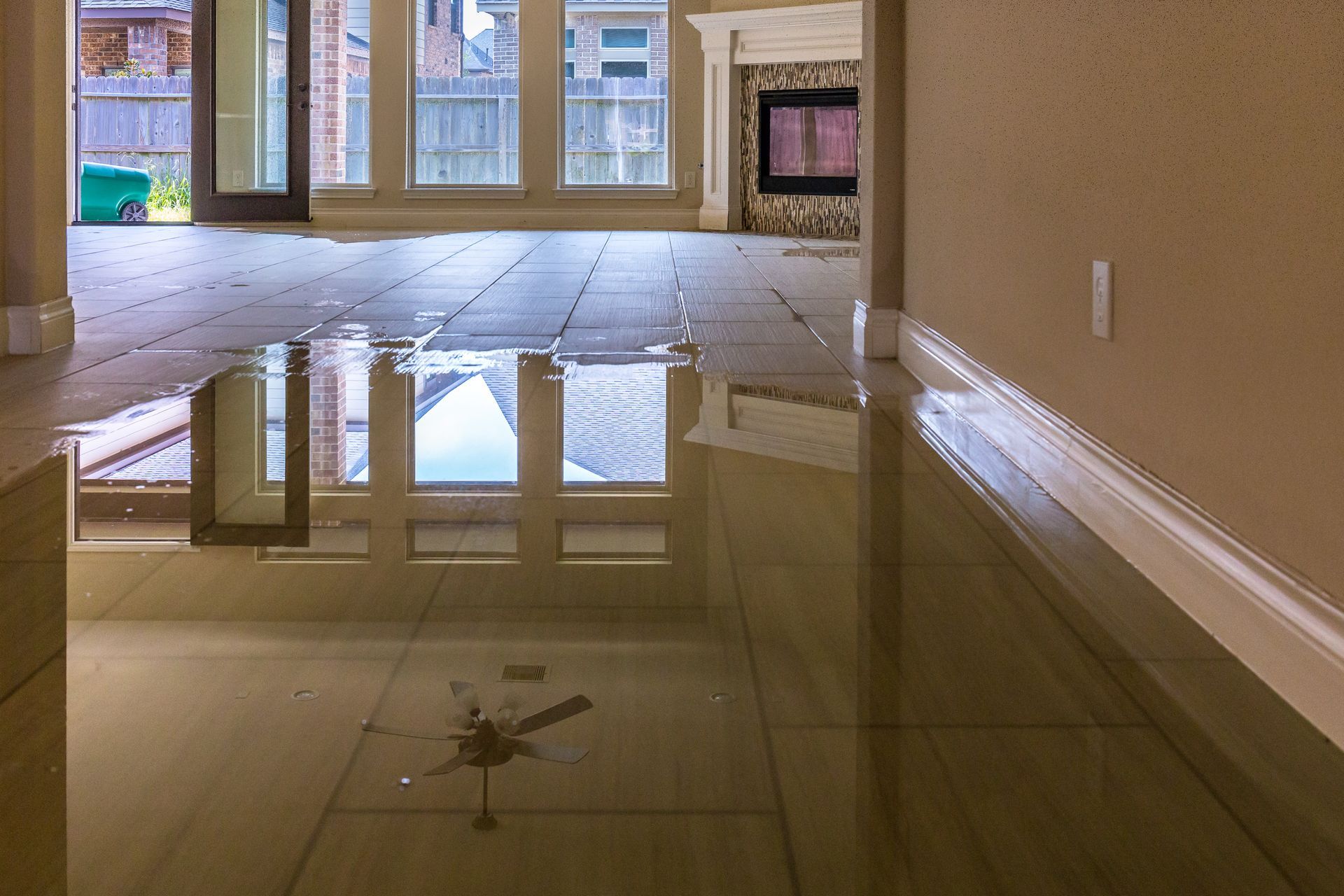
Water damage can be a homeowner's worst nightmare, striking unexpectedly via floods, leaks, or even humidity. When left unaddressed, the seeping water wreaks havoc on structures, leading to costly repairs and potentially hazardous living conditions. Rapid water damage cleanup is critical to stem the tide of deterioration, preventing mold growth, structural weaknesses, and a slew of other secondary concerns. In this article, we'll delve into the importance of prompt action, the steps involved in professional water damage repair, and how to safeguard your home against future water-related incidents. Understanding these concepts is key to maintaining the integrity of your home.
Causes of Water Damage
Water damage is not just an inconvenience; it's a pervasive problem that can weaken the structural integrity of your home and lead to costly repairs. It often occurs unannounced, stemming from a multitude of sources. Understanding the causes of water damage is the first step toward safeguarding your property from these potential threats.
- Leaking or Burst Pipes: Often resulting from freezing temperatures or aging infrastructure, leaking or burst pipes are common culprits that can release a significant volume of water, leading to rapid structural damage.
- Malfunctioning Household Appliances: Appliances like washing machines, dishwashers, and water heaters have life spans and, when they fail, can spill substantial amounts of water, often unnoticed until the damage is severe.
- Plumbing Issues: Problems such as clogged drains or sewer backups can escalate without warning, causing overflows and water damage that goes beyond the surface.
- Severe Weather Events: Incidents like flooding, heavy rain, or snowmelt often carry immense volumes of water, overwhelming properties and quickly leading to water ingress and damage.
- Roof Leaks or Damage: Compromised roofing can allow water to infiltrate through leaks, damaging ceilings, walls, and contents within the home.
- Foundation Cracks or Damage: Groundwater can seep through cracks or damage the foundation, especially after heavy rainfall, resulting in basement flooding and structural concerns.
- Overflowing Toilets or Bathtubs: Simple to overlook but potentially disastrous, an unattended bathtub or a malfunctioning toilet can cause extensive water damage.
- Natural Disasters: Hurricanes, earthquakes, and tsunamis can induce catastrophic water damage, often with little to no warning, leaving a trail of devastation to homes and infrastructure.
- HVAC Issues: Air conditioner leaks or condensation buildup are less dramatic but consistent sources of water damage that can affect the integrity of a building over time.
- Human Error: Accidents such as leaving taps running, or inadvertent damage to pipes or appliances during DIY projects can cause sudden and unexpected water damage.
Long-Term Effects of Water Damage
Not addressing water damage swiftly can lead to secondary damage like mold growth and wood rot, which can be costly to remediate and can significantly decrease a property's value. This secondary damage not only increases repair costs but can also pose serious health risks to inhabitants.
Mold Growth
One of the most insidious consequences of water damage is mold growth. Mold thrives in moist environments, quickly colonizing and spreading through homes. This growth poses severe health risks, including respiratory problems, allergies, and asthma exacerbation. For individuals with compromised immune systems, mold exposure can be particularly dangerous, leading to more serious infections. Exposure to toxic mold types, such as black mold, can cause symptoms ranging from chronic coughing and sneezing to neurological issues and even depression.
Structural Damage
Water damage can silently compromise a building's structural integrity, leading to long-term damage that is expensive and complex to fix. Persistent moisture can decay wooden beams and joists, causing floors to warp and ceilings to sag. Walls may exhibit peeling paint, swollen panels, or crumbling plaster. Without timely water damage restoration, the enduring effects can compromise the safety and stability of the entire structure, turning a home into an unsafe environment for its occupants.
Electrical Issues
Water damage can severely impact electrical systems, posing fire risks and potential electrocution. Wet wiring and flooded electrical panels can short-circuit, possibly igniting fires. Additionally, water in outlets or appliances risks electric shocks to residents. For instance, a flooded basement with a submerged power outlet could become an electrified trap, while a water-damaged washing machine might short out, creating sparks and flames. Prioritizing electrical safety during water damage cleanup is crucial to prevent these dangerous outcomes.
Health Risks
Long-term exposure to water damage can have significant health consequences. Persistent dampness creates a breeding ground for mold and bacteria, which can trigger respiratory illnesses, allergic reactions, and asthma attacks. Inhabitants may suffer from chronic sinusitis, rashes, and headaches. Those with pre-existing health conditions or compromised immune systems may experience more severe symptoms. It's crucial for the well-being of occupants to address water damage expeditiously and mitigate the potential for these health hazards.
Decrease in Property Value
When water damage invades a home, the financial repercussions can be substantial. The cost of water damage repair, which can include remediation of mold, replacement of structural elements, and rewiring of electrical systems, can quickly escalate. For example, extensive mold removal alone can cost upwards of $5,000, while fixing structural damage can exceed tens of thousands of dollars. These expenses, coupled with the stigma attached to water-damaged properties, can significantly diminish a home's market value—a dual blow to a homeowner's investment.
Increased Risk of Future Water Damage
Homes that have suffered water damage might have weakened structures, such as deteriorated beams and compromised flooring, making them more vulnerable to future incidents. For instance, water-soaked wood that has warped and not been properly restored may fail to support the weight of the home, leading to further collapse when exposed to additional moisture or water stresses. Additionally, previous water damage can leave unseen moisture in walls, heightening the risk of mold reoccurrence with any new water exposure.
Unpleasant Odors and Reduced Indoor Air Quality
Water damage often leads to persistent, musty odors that deteriorate indoor air quality. These odors indicate the presence of mold and mildew, which can severely impact health, triggering headaches, respiratory issues, and allergic reactions. Consistently inhaling such contaminated air can be detrimental to the well-being of residents, aggravating chronic illnesses and reducing the overall quality of life within the affected building.
Pest Infestations
Pest infestations are another distressing effect of water damage. Moist conditions attract a variety of pests, such as termites, ants, and cockroaches, which thrive in damp wood and wet drywall. Rodents, too, are drawn to water-compromised buildings, as these environments provide them with both shelter and a water source. These infestations not only cause further damage to the structure but also pose health risks by potentially spreading diseases.
Discoloration and Staining
Discoloration and staining on walls, floors, and ceilings are telltale signs of water damage. These unsightly blemishes can range from yellowish-brown water spots to large patches of mold in various hues. These visual imperfections drastically degrade a building's aesthetics, detracting from its overall appeal and livability. If left unchecked, the once-pristine appearance of an interior can be irreversibly marred, requiring extensive repairs to restore its former condition.
Inefficient Energy Usage
Beyond the immediate dangers, water damage exerts a toll on HVAC systems. Moisture can corrode ductwork and damage components, reducing efficiency and causing energy use to spike. For instance, water-logged insulation surrounding ducts may compromise temperature control, forcing the system to work harder and increasing energy bills. Swift action is therefore essential to prevent such secondary issues that aggravate both financial strain and environmental footprint.
The Importance of an Immediate Response
Responding swiftly to water damage is crucial to mitigate its harmful effects. The longer standing water remains, the greater the risk of further property damage and the transformation of affected areas into breeding grounds for mold, bacteria, and insects. Experts agree that a 24-48 hour window is critical for preventing mold growth, which can start to develop in this short timeframe under the right conditions. During this period, decisive actions must be taken to stop the source of water, if possible, and remove standing water from the premises.
A variety of specialized tools and techniques aid in this urgent response. Wet vacuums are designed to efficiently remove water from floors, carpets, and other surfaces. Dehumidifiers can play a critical role in extracting moisture from the air, thereby creating an environment less hospitable for mold and mildew. Meanwhile, the use of fans and increased ventilation helps to circulate air and accelerate the drying process. It is essential to engage these methods promptly to avert the compounding consequences of water damage and to protect the longevity and safety of the property.
Working with Water Damage Professionals
Working with water damage professionals can significantly improve the outcomes of water damage cleanup and moisture damage restoration. One major advantage is their expertise in rapidly identifying, assessing, and addressing the various types of water damage, helping to mitigate further loss. These experts are equipped with advanced tools such as high-powered water extractors, industrial-grade dehumidifiers, and moisture meters to thoroughly perform water extraction and drying, which are critical in preventing mold growth and secondary damage.
Moreover, professionals specialize in mold remediation, ensuring that mold is not only removed but that the conditions contributing to its growth are remedied for long-term health and safety. Structural repair is another critical service, as professionals understand how to navigate the complexities of restoring the integrity of walls, floors, and foundations.
When seeking a reputable and reliable water damage professional, it's essential to look for certifications from recognized bodies such as the Institute of Inspection, Cleaning and Restoration Certification (IICRC). Reviews and testimonials provide insight into past customer satisfaction. Lastly, ensure that they offer a detailed plan of action and clear communication throughout the restoration process to return your property to a safe and inviting condition.
Act Fast – Get In Touch Now!
At American Water and Damage Restoration, we understand the urgency of your situation and are equipped to respond swiftly to any water damage crisis. Our team of experienced professionals is ready 24/7 to restore your property to its pre-damage condition. From state-of-the-art water extraction to thorough mold remediation, we guarantee top-tier service. Don't wait for the damage to escalate—call us now. Your peace of mind is our priority, and we're dedicated to ensuring rapid, effective solutions for your water damage needs. Act fast and get the expert help you deserve!
CONTACT US 24/7 FOR ANY TYPE OF RESTORATION SERVICES
Our Contact Information
123 2nd Ave S, Edmonds, WA 98020, United States of America
OPEN 24/7
CONTACT US 24/7
For an immediate response call us 24/7 at (206) 771-7040 or complete the form below.
Contact Us
We will get back to you as soon as possible.
Please try again later.
24/7 Emergency Services!
CALL (206) 771-7040
We’re Fast! We’re Efficient!… And we will get the job done right, the first time!
Contractor Number: AMERIWD794PJ
OUR SERVICES
CONTACT INFO
123 2nd Ave S, Edmonds, WA 98020, United States of America
All Rights Reserved | American Water and Damage Restoration LLC

